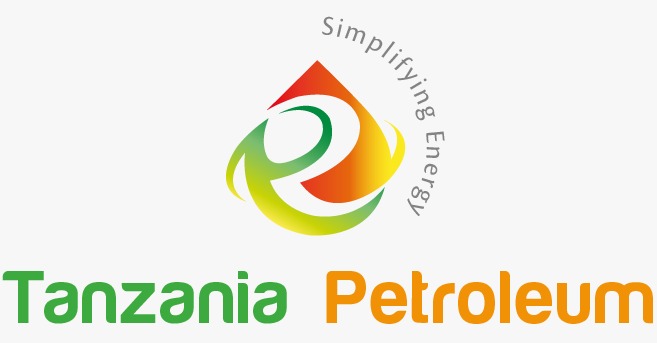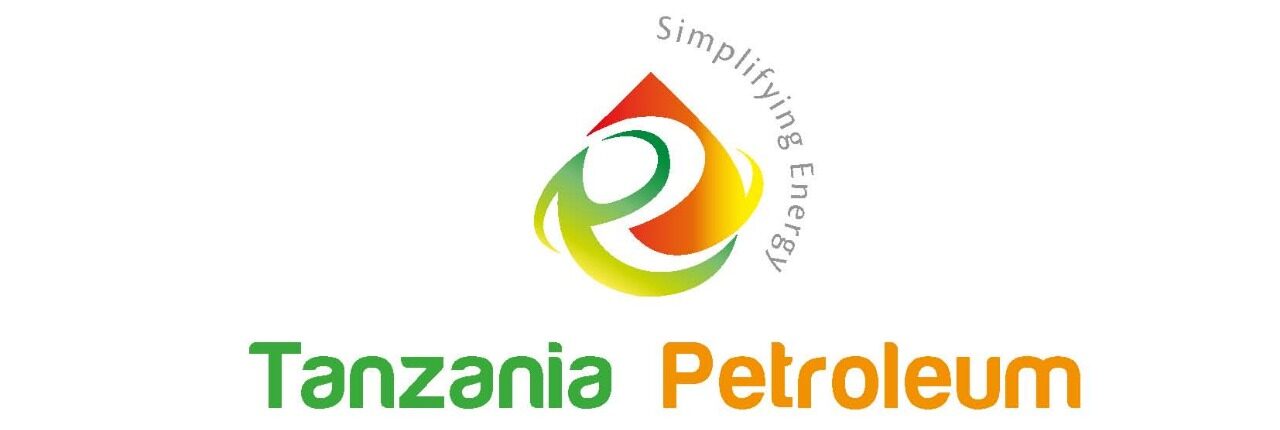Entering the LPG industry, you’re looking at a rapidly expanding market with high demand and promising profit potential. But here’s a critical decision: which model will drive your business to success—the retail approach, serving customers directly, or the wholesale model, supplying in bulk to other businesses?
Let’s unpack these two approaches from a strategic angle, helping you choose the one that aligns best with your ambitions and resources.
Retail LPG Model: Building a Direct Relationship with Customers
In the retail game, your focus is on the end user. Whether delivering LPG to residential customers, restaurants, or small businesses, you’re providing a product they rely on daily. This model is about creating customer loyalty, convenience, and trust. Here are the high-level insights to consider.
Advantages of Retail:
1. Higher Margins Per Sale.
As a retail seller, you set the pricing. This often leads to higher profit margins per unit, reflecting the added value of convenience and reliability you provide to the customer.
2. Customer Loyalty and Repeat Sales
Retail is all about relationships. Done right, your customers come to depend on you. This dependency builds loyalty and repeat sales, which drive long-term growth.
3. Dominance in Local Markets
Serving a specific geographic area can allow you to establish local brand loyalty. If you’re aiming to create a reputation and presence in your community, retail provides a strong foundation for that.
Challenges of Retail:
1. Operational Intensity
Retail involves direct engagement with customers. Think logistics, deliveries, and customer service. Every interaction is an opportunity, but also a cost in terms of time, energy, and resources.
2. High Overheads
Running a retail operation involves overheads—staff, vehicles, marketing, and more. Profit margins are high, but so are expenses, which requires a disciplined financial approach to stay ahead.
3. Saturation and Competition
In competitive areas, customer loyalty is hard-earned. You may be competing with other retailers on price and service quality, so brand differentiation and customer satisfaction are crucial.
Wholesale LPG Model: Scaling with Bulk Sales
Wholesale is the model for those who prefer a streamlined, high-volume approach. You’re selling in bulk to other businesses, such as retail outlets or distribution partners. While profit margins per unit are lower, volume and stability often compensate. This model requires a strategic focus on logistics and supply chain optimization.
Advantages of Wholesale:
1. Revenue Consistency with Bulk Sales
Wholesale allows you to sell large quantities at once, stabilizing revenue. Establishing long-term contracts with key clients can provide predictability, which is a strong asset in a fluctuating market.
2. Lower Customer Interaction and Operational Costs
Unlike retail, wholesale is less reliant on individual customer relationships and is instead focused on maintaining a few, high-value client accounts. This translates into lower overheads for customer service and marketing.
3. Scalability
As a wholesaler, scaling becomes a matter of expanding storage, logistics, and supplier relationships rather than hiring more customer-facing staff. It’s a model that can grow with demand.
Challenges of Wholesale:
1. Lower Margins Per Unit
Wholesale requires pricing that allows your clients to make a profit too. Profit margins are lower per unit, so high volume is essential to offset this.
2. Dependence on Key Clients
With a wholesale model, you’re reliant on fewer, large clients. Losing a major client can significantly impact revenue. Building a diversified client base and securing long-term contracts is essential for stability.
3. Complex Regulatory Compliance
Depending on the scale, wholesale may require additional regulatory approvals and licensing. This is manageable but demands foresight and capital investment.
Choosing the Right Model for You
How do you make the decision? The answer lies in your goals, resources, and tolerance for risk. Here’s what to consider:
1. Evaluate Your Capital and Resource Levels
Retail often requires a steady cash flow to cover customer-facing logistics. Wholesale demands storage and large-scale transport capabilities. Start with what you can sustain long-term.
2. Identify Your Strengths in Customer Management
Retail requires engagement. Wholesale demands efficiency. Know which operational style aligns with your strengths and build your business around that.
3. Assess Your Market Position and Vision
Retail is local, direct, and customer-centric. Wholesale is about industry presence and scale. If you’re passionate about building a community brand, retail may be the way. If you see yourself as a power player, moving volume and scaling efficiently, wholesale is the route.
The Bottom Line.
The LPG market is growing fast, and there’s room for both retail and wholesale players. The choice comes down to your strategic goals and how you want to position yourself in this space.
Think big, think strategically, and make the decision that aligns with where you want to be in 5, 10, and even 20 years. After all, in business, clarity leads to power—and with the right choice, you’re setting the foundation for real growth.







